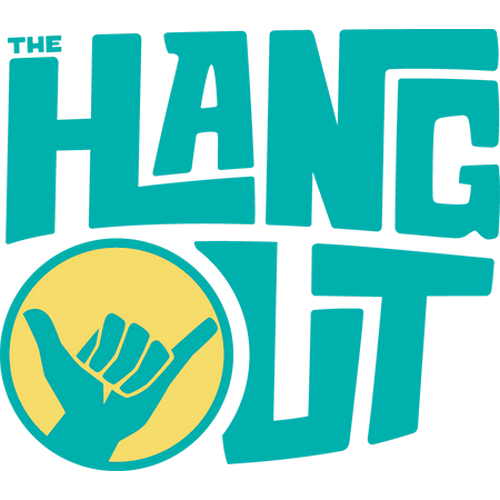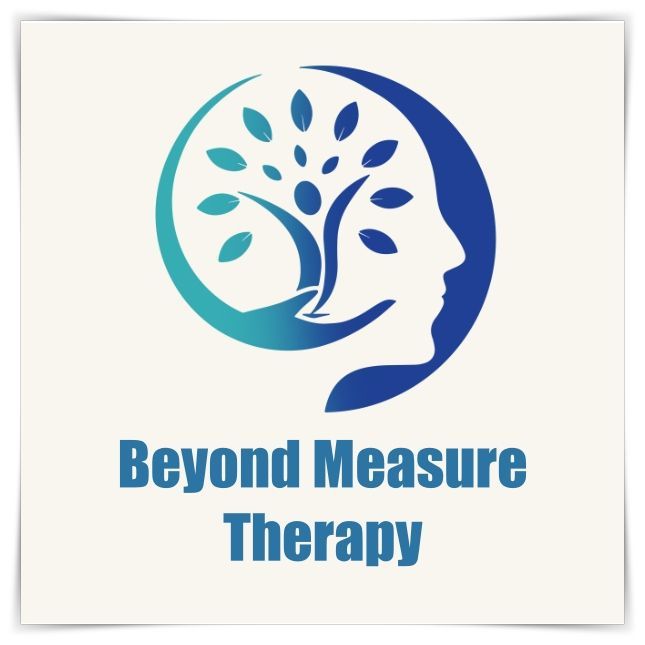Be Prepared To Fall Back In Time This Sunday
News Staff • October 31, 2024
Daylight savings time end on November 3rd

You don't need a flux capacitor or a 1980s DeLorean to go back in time. This Sunday, November 3, marks the end of Daylight Saving Time (DST) in the United States in 2024, prompting most Americans to set their clocks back one. Thankfully, with automatic clocks, it’s easier than it used to be.
The time change occurs at 2:00am Sunday morning. While the shift to “fall back” grants an extra hour of sleep, the change can still disrupt people’s internal clocks. For those already balancing a busy schedule, this adjustment can be jarring, affecting not only sleep but also overall well-being. Here are key insights into what DST ending means, how to adjust more smoothly, and why some lawmakers are pushing to end clock changes altogether.
Effects of DST on Health and Well-being
Transitioning between Standard Time and Daylight Saving Time twice a year affects the body's circadian rhythm, which regulates sleep, alertness, and various bodily functions. Research suggests that these clock changes are associated with temporary disruptions in sleep patterns and, in some cases, more serious health impacts.
Studies have found that the transition to DST in the spring correlates with increased rates of heart attacks, stroke, and workplace injuries. Although the fall shift is generally less disruptive, it can still affect people’s biological rhythms. Even an hour of change can lead to grogginess, mood fluctuations, and disrupted sleep cycles. For those with pre-existing conditions or vulnerable populations, the disruption can be even more noticeable, leading some experts to question whether the benefits of DST outweigh these potential health drawbacks.
Practical Tips for Easing the Adjustment
Adapting to the time change can be easier with a few proactive measures. Sleep experts recommend the following adjustments to ease the body’s transition:
- Gradual Adjustment: In the days leading up to the time change, try to shift your sleep and wake times by 15 to 20 minutes closer to the new time. This gradual shift can help the body adjust without a sudden disruption.
- Maintain a Routine: Keeping consistent sleep and meal schedules can help reinforce a steady rhythm. Avoid staying up too late or oversleeping after the clocks change.
- Morning Light Exposure: Daylight exposure, particularly in the morning, can help the body sync with the new time. Natural light is a cue for the body’s circadian rhythm, making a morning walk or time outside a useful way to adjust.
- Limit Stimulants Before Bedtime: Caffeine and electronics can interfere with restful sleep. Try to avoid screens and stimulants at least an hour before bed.
Legislative Efforts to End Clock Changes
The twice-yearly clock change has come under scrutiny, with bipartisan support in Congress for legislation that would establish permanent Standard Time. Senators Marco Rubio and Ed Markey are among the proponents of the Sunshine Protection Act, which would keep Daylight Saving Time year-round, eliminating the need to “fall back” or “spring forward.” Advocates argue that the benefits of a consistent time standard include less sleep disruption, potential energy savings, and better public health outcomes.
Despite widespread public support, the bill has yet to pass in Congress, with lawmakers continuing to debate the benefits and potential drawbacks of ending the current time change practice. Until then, Americans will continue to adjust their clocks and routines twice a year.
For now, as the country prepares to “fall back” this weekend, small steps can ease the transition for individuals and families alike.
-

Slide title
Write your caption hereButton 
Slide title
Write your caption hereButton-

Slide title
Write your caption hereButton -

Slide title
Write your caption hereButton -

Slide title
Write your caption hereButton -

Slide title
Write your caption hereButton -

Slide title
Write your caption hereButton
-

Slide title
Write your caption hereButton -

Slide title
Write your caption hereButton -

Slide title
Write your caption hereButton -

Slide title
Write your caption hereButton -

Slide title
Write your caption hereButton -

Slide title
Write your caption hereButton -

Slide title
Write your caption hereButton -

Slide title
Write your caption hereButton
-

Slide title
Write your caption hereButton -

Slide title
Write your caption hereButton -

Slide title
Write your caption hereButton -

Slide title
Write your caption hereButton -

Slide title
Write your caption hereButton -

Slide title
Write your caption hereButton -

Slide title
Write your caption hereButton
Recent Posts



Subscribe to our
Newsletter
Our newsletter is focused on bringing you the latest in news, events and weather for the coastal Alabama area.
